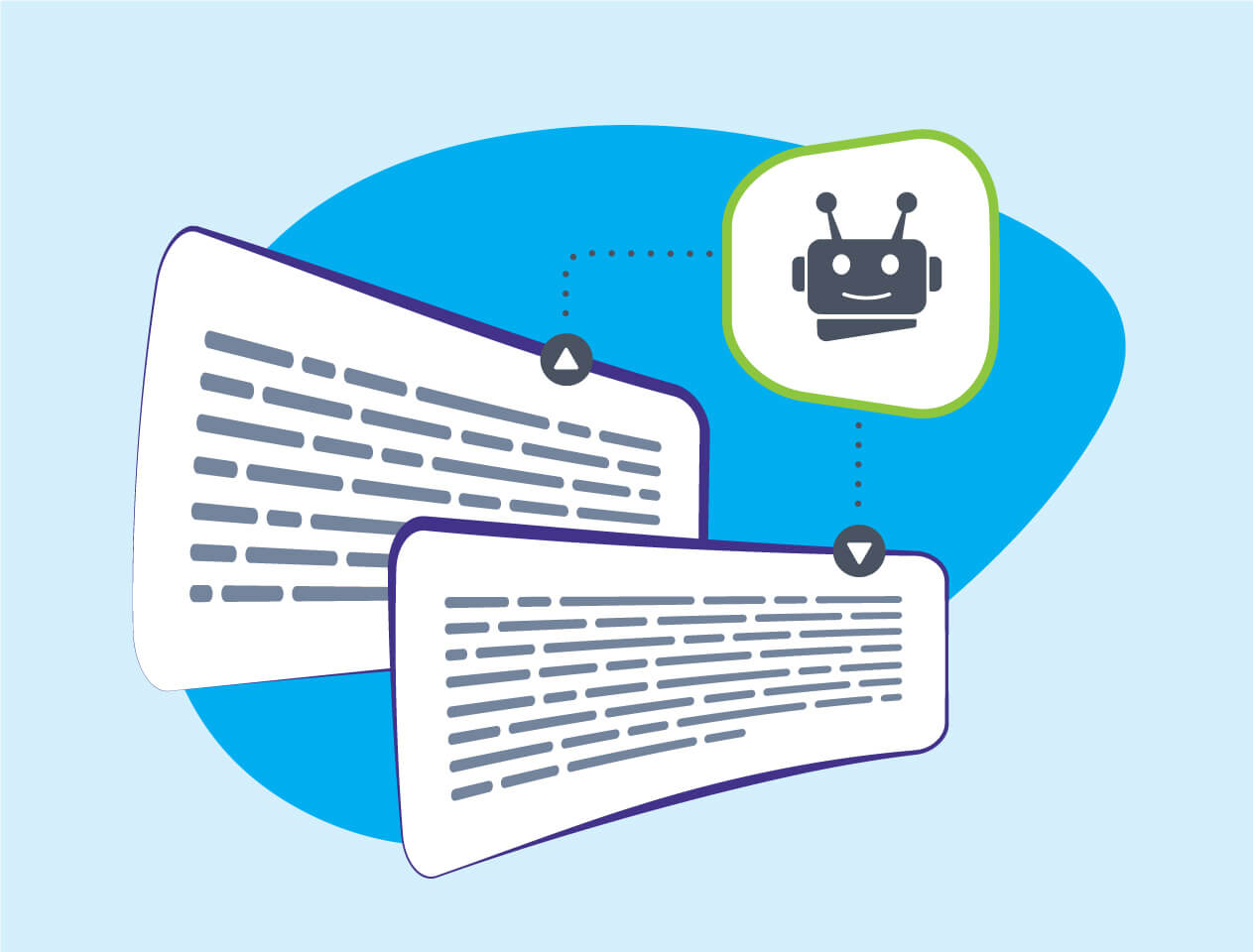By Tristia Hennessey & Chat-GPT 3.5 😉
AI text generation is in its early stages, but even now these free tools can help save hours of time when working on instructional design tasks, such as outlining, content rewriting, research, and brainstorming. In this article, we explore practical ways instructional designers can harness the power of AI tools to optimize their workflow and create exceptional training programs, including example prompts to get you started.
1. Streamlined Outlines: Effortless Structure and Organization
AI text generation tools can expedite the process of creating outlines for training programs. Simply input your topic or key points, and the AI will generate a comprehensive outline with suggested subtopics and logical flow. Refine the generated outline according to your specific objectives, saving valuable time in the initial planning phase.
Example prompt: “Please generate an outline for a leadership development workshop for middle managers and higher in a city government organization. Include topics such as communication skills, conflict resolution, and team building.”
Example prompt: “Use these key points for a cybersecurity training program at a hedge fund firm and create a structured outline covering data privacy, threat prevention, and incident response. Streamline the content for finance and operations personnel. <paste in your key points>“
2. Content Rewriting: Enhancing Clarity and Engagement
AI-powered content rewriting tools can elevate the quality of your training materials. These tools suggest alternative phrasing, sentence restructuring, and vocabulary enhancements, helping you transform complex content into easily understandable language. Focus on adding value through your expertise while the AI handles the linguistic refinements, so your training materials can be more intuitive and more engaging for learners.
Example prompt: “Rewrite a section on call center customer service techniques to make it concise and engaging for a diverse, new hire audience at a public energy utility company. Include a few sample dialogue roleplay scenarios.”
Example prompt: “Please rephrase the below technical explanation of cloud computing in simpler terms while maintaining important details. Assume the audience has little or no technical knowledge.”
3. Efficient Research: Accessing Reliable Information
AI text generation tools enable instructional designers to conduct research more efficiently. Input specific queries or keywords, and the AI will scour vast databases, academic sources, and online repositories to provide relevant information. Summaries, key points, and briefs can be generated, allowing you to curate a collection of reliable resources that align with the latest industry insights.
Example prompt: “Retrieve summaries and key points from recent articles and research papers on inclusive leadership practices in the workplace.”
Example prompt: “Gather information on emerging trends in digital marketing, including insights on social media algorithms and content optimization strategies. Organize by highest impact and prioritize reliable strategies.”
4. Idea Generation: Fostering Creativity and Innovation
When it comes to brainstorming, AI text generation tools can spark your imagination. These tools analyze existing content patterns and trends to generate ideas, prompts, and suggestions related to your training topic. Embrace these AI-generated outputs as inspiration, leveraging them to develop unique training materials that captivate your audience.
Example prompt: “Generate creative ideas for fun and unique interactive e-learning exercises that can reinforce learning in a sales training program. Don’t include basic stuff like jeopardy games or quizzes.”
Example prompt: “Provide unique, realistic scenarios for a workplace ethics roleplay simulation at a large investment firm to help participants navigate ethical dilemmas and make informed decisions.”
By leveraging AI text generation tools, instructional designers can streamline their workflow, spend more time on creative tasks, and create impactful training programs. From generating outlines and refining content to conducting efficient research and fueling creativity, these tools offer tangible benefits when used the right way.
Chat-GPT 3 – PROMPTS
Below are the Chat-GPT3 prompts that I used to create this article to give you an idea of how to get started.
1. write a blog post article, 400 words, on Using AI text generation for training development (things like creating outlines, rewriting content, research, brainstorming)
2. can you refine this article to minimize redundancy, be slightly more playful in tone, and being more actionable in how the audience (instructional designers) could use generative AI for these and other work tasks
3. try again, tone down the playfulness
4. can you refine this article to minimize redundancy, add occasional humor but don’t overdo it, and being more actionable in how the audience (instructional designers) could use generative AI for these and other work tasks
5. tone down but don’t eliminate humor
6. try again but use less metaphors, be actionable and specific about how tools can be used
7. can you give prompt suggestions for each section?
8. I meant can you give me some prompt examples for each, after the paragraph
9. I like this response: (copy pasted preferred response, after 6) but after each paragraph give two prompt examples of what one might ask of an AI text gen tool
10. can you rephrase the prompts in a way that the user would input them

